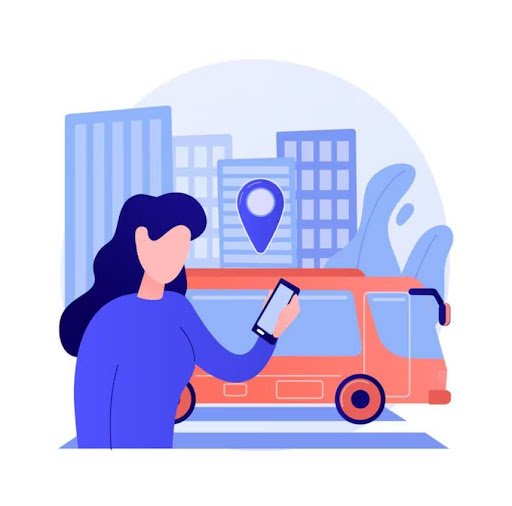
The ride-hailing industry has experienced waves of innovation, with each new entrant offering something unique to address user needs. One model that has attracted considerable attention is the real-time fare negotiation platform introduced by InDriver. This approach offers an alternative to traditional fixed-price models by empowering passengers and drivers to negotiate fares in real time.
If you’re looking to create an innovative ride-hailing service, building an InDriver Like App could be your competitive edge. Let’s explore how this concept works, the features involved, and what it takes to develop a custom app for this dynamic business model.
An InDriver clone app is a ride-hailing solution inspired by the InDriver platform. It replicates its core functionality—particularly the feature that allows users and drivers to negotiate ride prices directly. Unlike platforms that rely on algorithms to determine fares, this system lets users suggest a price and receive driver responses within seconds.
Entrepreneurs are tapping into this idea to enter competitive markets with flexible pricing strategies. By building an InDriver Like App, businesses can stand out by offering users a more democratic and transparent pricing experience.
When crafting a ride-hailing app with negotiation features, it’s vital to integrate a well-rounded set of functionalities that go beyond just location tracking and bookings.
These features form the backbone of a robust and user-friendly Indriver like app script, ensuring both flexibility and safety for all parties involved.
As the gig economy evolves, user behavior shifts toward more personalized and fair service models. Launching an InDriver Like App aligns well with these emerging expectations. Here’s why:
Developers and business owners benefit from launching a solution that truly adapts to the real-world needs of their local market, without the rigidity of fixed pricing.
The primary value proposition of an InDriver-style platform is fare negotiation. Let’s break down how this interactive system works within the app ecosystem:
This simple yet powerful mechanism builds user trust and gives drivers the opportunity to earn based on demand, availability, and preferences.
Technology Stack for an InDriver Clone App
Choosing the right technologies is crucial for a seamless, scalable ride-hailing platform. Here’s a general idea of what powers the backend and frontend of an app like this:
The right combination of these technologies ensures the app performs reliably during peak usage, with real-time updates, smooth UI transitions, and secure payments.
Crafting a feature-rich ride-hailing platform requires strategic planning and execution. Here’s a high-level overview of the development journey:
Understand your local or targeted market, its preferences, and gaps in existing ride-hailing services.
Create a seamless and user-friendly interface for both drivers and riders.
Implement core modules such as ride request, negotiation engine, live tracking, and payment handling.
Ensure the platform is bug-free, secure, and delivers a consistent user experience across devices.
Launch the app on app stores and keep monitoring performance through real-time analytics.
By using a customizable Indriver like app script, developers can speed up time-to-market and significantly reduce initial development costs without sacrificing performance or scalability.
The current mobility landscape presents a golden opportunity. Users are looking for more control, and drivers are eager for platforms that let them maximize earnings. By introducing a flexible fare model, your business can cater to both segments effectively.
Launching an InDriver Like App not only gives you a strategic edge but also fills a crucial gap left by traditional ride-hailing systems. You’re not just offering rides—you’re building a community-driven mobility solution.
Read also:- How to Choose the Best HR Software
Building an InDriver-style app can vary greatly in cost depending on complexity and customization. Here’s what influences the budget:
On average, a basic MVP can start from $10,000–$15,000, while a feature-rich scalable version may range between $25,000–$50,000 depending on the region and team expertise.
The future of ride-hailing is about flexibility, real-time decision-making, and empowering both drivers and riders with fair options. By embracing the InDriver model, you can lead this next wave of innovation with a platform that prioritizes user trust and operational transparency.
Creating an InDriver Like App positions your business as a forward-thinking, market-responsive solution in a space that’s craving evolution. Whether you’re targeting emerging markets or niche regions underserved by bigger players, building with an Indriver like app script ensures speed, reliability, and customization—all necessary for long-term success.
Subscribe to our newsletter and get top Tech, Gaming & Streaming latest news, updates and amazing offers delivered directly in your inbox.